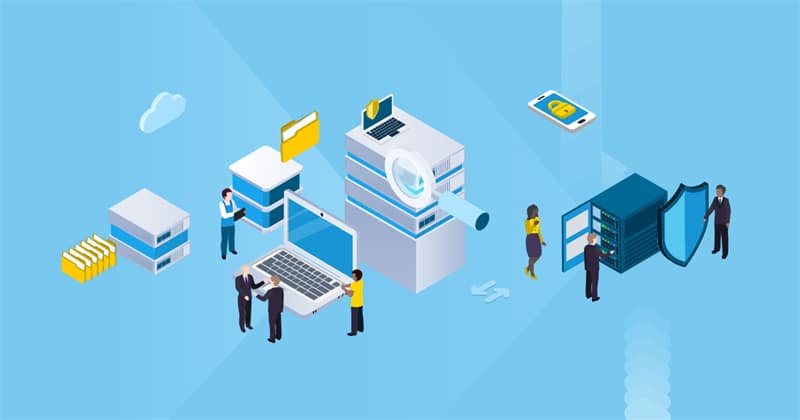
If you're looking for reliable, high-quality data to power your analytics, instrumentation in the data pipeline is a necessary step. Data Instrumentation allows for real-time monitoring of all aspects of the data production flow and enables teams to identify issues quickly with improved accuracy. By implementing proper instrumentation techniques into your current processes, teams can reduce data incidents with a data observability platform and ensure data accuracy and availability.
The Need For Data Pipeline Instrumentation

The need for data pipeline instrumentation in today's digital age cannot be overstated. This process systematically tracks and analyzes data as it moves from source to destination, ensuring it remains accurate, reliable, and secure. It enables businesses to identify inefficiencies, troubleshoot issues, and make informed decisions based on real-time insights.
However, achieving effective pipeline instrumentation requires the right tools and expertise. By investing in the right technology and partnering with experienced professionals, organizations can ensure that their data pipelines are optimized for maximum efficiency and effectiveness.
Types Of Data Pipeline Instrumentation
Data pipeline instrumentation is essential to modern data engineering. Every data pipeline requires careful analysis and monitoring to ensure that it is efficiently handling the required data flow. In today's world, various types of data pipeline instrumentation are used to monitor and analyze data pipelines. These include tracking metrics, tracing, logging, and alerting. Each of these types of instrumentation provides a unique perspective on the performance of the pipeline.
Metrics can provide insights into the statistical analysis of data or the performance of the pipeline, while tracing can help visualize data flow through the pipeline. Logging is used to capture essential data events and create records that can be used for analysis. Lastly, alerting is a system that notifies engineers of pipeline outages or issues in real time, enabling quick mitigation. As data pipeline instrumentation technology evolves, it continues to provide data engineers with ever more powerful toolsets to analyze better and optimize data pipelines.
Identifying And Addressing Issues With Data Integrity
In today's data-driven world, ensuring the integrity of your data has never been more critical. Issues with data integrity can cause serious consequences, from incorrect business decisions to a loss of trust from customers. Identifying and addressing these issues is crucial to maintaining the accuracy and reliability of your data.
Regular data audits, quality control measures, and strict data management protocols can help mitigate the risk of data errors and maintain the integrity of your data. Taking an active approach to address issues with data integrity can prevent costly mistakes and help establish your company as a trusted source of information in a sea of data.
Updating, Monitoring, And Maintaining Pipelines

Maintaining pipelines is crucial in ensuring oil and gas products safe and efficient transportation. Regularly monitoring, inspecting, and updating pipelines can prevent leaks, spills, and other harmful incidents that could harm the environment and communities.
This process involves using advanced technology, including sensors and cameras, to detect potential issues before they become significant problems. Skilled professionals must also regularly inspect the pipelines to ensure they are in optimal condition. Keeping pipelines up to date and in good working order requires active management and a commitment to safety, which is vital for the energy industry's success.
Automate Data Quality Checks To Ensure Accurate Results
When it comes to working with data, accuracy is everything. Ensuring that information is correct is no small task, especially as data sets grow increasingly complex. However, by automating data quality checks, businesses can reduce the potential for human error and minimize the risk of inaccurate results.
Automated data quality checks use algorithms to examine large data sets, flagging inconsistencies and errors that may go unnoticed. The result? Greater efficiency, improved data quality, and more trust in the insights drawn from the data. By automating these processes, businesses can focus less on the minutiae of data management and more on making informed decisions that will drive growth and success.
Final Thoughts
To prevent data incidents with a data observability platform and ensure data integrity, businesses must take an active approach that includes instrumentation, monitoring, and automation. Instrumentation provides insights into the performance of the pipeline, while monitoring can detect potential issues before they become significant problems.
Automating data quality checks ensures accurate results while reducing the risk of human error. By taking these steps, businesses can build customer trust, increase efficiency, and create a data-driven culture that leads to greater success.










